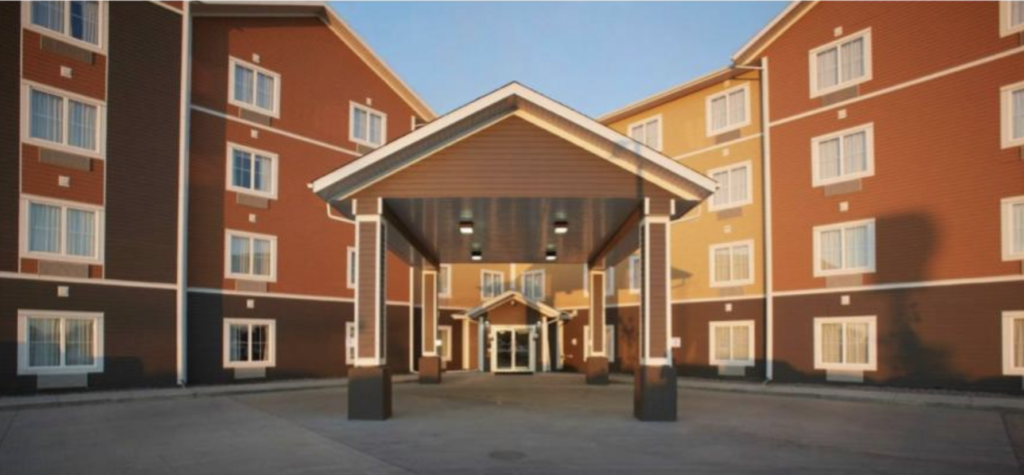Residential homes and commercial properties have used the same outdated method of construction for years. This method is called “site-built construction” and here’s how it works: Construction materials are delivered to the site and a crew builds the structure in phases until its complete. Construction is halted several times for inspections, material delivery delays, inclement weather and possible labor issues. Now, it’s time for the industry to see a change – one that will uncover the benefits and endless possibilities of using a modern method: factory-engineered properties.
Factory-engineered construction (also known as prefab or modular construction) is a significant technological shift – for the better. Traditionally, when homes are built on-site, materials are exposed to extreme weather conditions that can ultimately: damage and degrade their structural integrity, reduce the build quality, and delay construction timelines. Prefabricated homes eliminate these challenges, which is causing a mass shift of industry leaders to opt for factory-engineered construction.
What exactly is factory-engineered construction, though? Factory-engineered construction is the process of building properties in a factory; in room-size, modular segments that are later assembled onsite. This increasingly-popular method is praised for its seamless production of high-quality materials – for less than the price of a traditional home.
What does this mean for the future? Well, industry professionals are looking to “prefab” as a one-size-fits-all solution to a variety of problems the industry is facing, including: housing crises, affordable housing, and housing shortages from natural disasters.
Breaking it all down: here’s what you need to know about why “prefab” homes are the future of residential and commercial construction:
Cost Efficiency:
Although the same materials and labor are used in both site-built and modular construction, the savings achieved from the massive efficiencies in “prefab” homes result in easier financing and overall lower cost.
Our S²A Modular homes cost less per square foot, which in turn, allows the homebuyer to qualify for lower-cost financing during construction. Site-built homes can incur 12 months of interest waiting for
completed construction, but our modular properties only take three months to build. This reduces the number of interest payments that need to be made, creating huge savings.
Controlled Environments:
We build our homes in a controlled environment, as opposed to onsite. The “MegaFactory” manufacturing center allows all the same work that would be completed onsite to be achieved in dedicated, climate-controlled work pods. This creates a controlled environment for precise construction, independent of environmental factors that could cause delays or compromise material quality. When homes are built in our controlled environments, they are constructed in a fraction of the time – which means a fraction of the cost for homebuyers.
Waste Reduction:
The controlled environment of the “MegaFactory” allows precise and proper use of resources for key efficiencies. It’s much easier to plan for materials accurately by only purchasing the materials needed, reducing large amounts of waste often found on job sites.
Thanks to the huge benefits curated from efficiencies such as, controlled environments, waste reduction and cost savings, factory-engineered properties are undoubtedly taking the stage in the future of commercial and residential construction. If you have further questions or want to learn more about the process of modular construction, reach out to us here. An S²A Modular team member will be in touch shortly to help elaborate on the massive benefits from modular construction.



